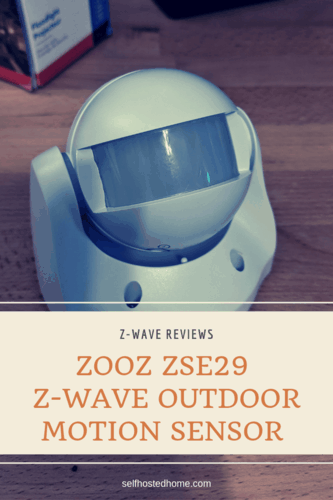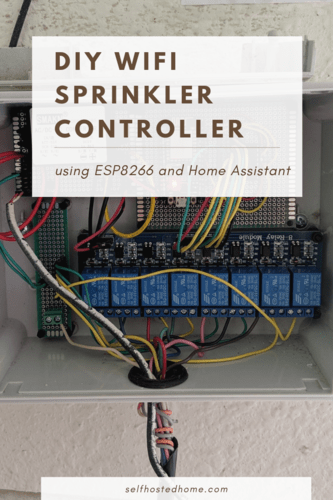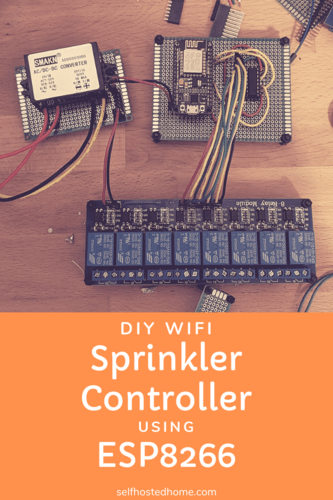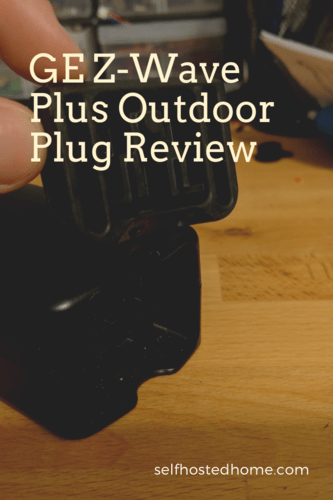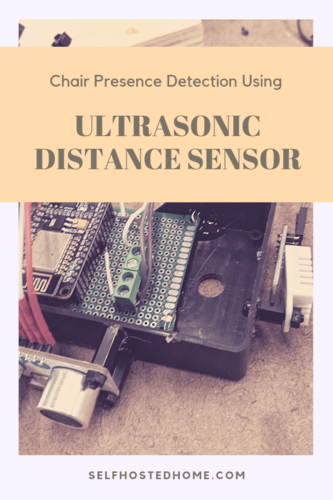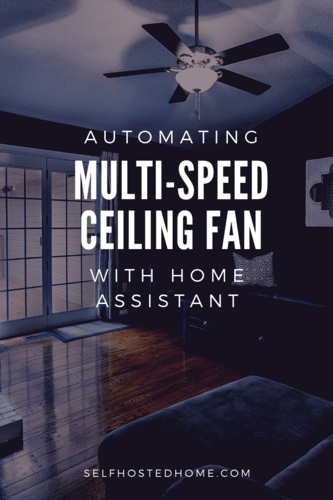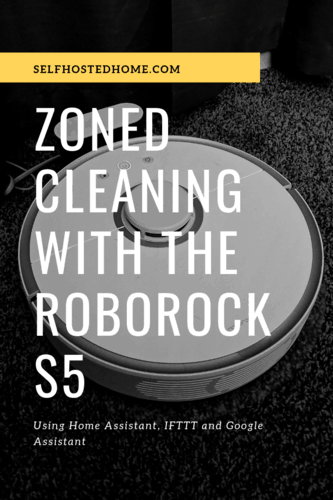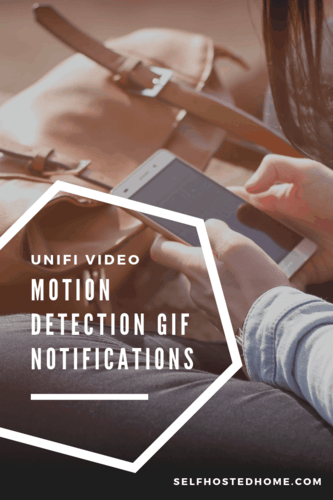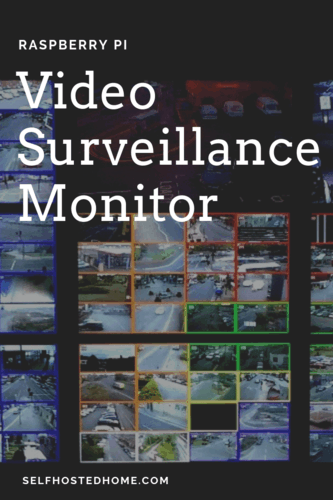I recently wanted to overhaul my outdoor lighting. I wanted for all my outdoor lighting to be dimmed around dusk, so that my house was accented but not be too bright. But if any motion happened around the house, I wanted all the lights to go full brightness for some added security. Last week I reviewed the ZEN22 dimmer switch that can control lighting. This week I’ve got the Zooz ZSE29 Z-Wave Outdoor Motion Sensor to sense when motion occurs around my property.
Home Automation
Zooz ZEN22 Z-Wave Dimmer Switch Review
If you’re just getting into smart home tech, lighting is a great place to get your feet wet. If you’re looking to start investing in Z-Wave for your lighting setup, the Zooz ZEN22 Z-Wave Dimmer Switch could be your answer. I replaced a switch in my garage to the ZEN22 to automate my outdoor lighting at night. In today’s review, I look at the features of the switch, installation process, and integration with Home Assistant. The ZEN22 switch is available at Amazon and The Smartest House.
DIY WiFi Sprinkler Controller using ESP8266 (Part 2)
Welcome to part 2 of my series on my DIY WiFi Sprinkler Controller using ESP8266. Last week I wrote an article on the hardware involved in the project, definitely check it out if you haven’t already. It goes in depth to all the components used. Today’s article will be looking closer at the software of the system. Including the firmware running on the device and the Home Assistant integration.
DIY WiFi Sprinkler Controller using ESP8266 (Part 1)
Thinking about getting a smart sprinkler controller for your house? Want completely local control using no cloud services? Today’s article walks through the hardware I used to create my own DIY WiFi sprinkler controller using an ESP8266. I’ll be going over the software portion in part 2 of the series. The goals of the project are:
- Control my sprinkler system in an automated fashion, but still turn on individual zones manually when needed
- No reliance on the cloud, should work over local network
- Be extendable to any number of zones relatively easy
- Keep the controller simple, keep the scheduling logic on the home automation platform
- Inexpensive to build, but must be reliable
GE Z-Wave Plus Outdoor Smart Plug Review
If you’ve got a Z-Wave network in your Home Automation system and looking for a smart outdoor plug you’ve probably come across the GE Z-Wave Plus Outdoor Smart Plug Switch. Today’s review will be looking at this smart plug and how it performs within Home Assistant.
Chair Presence Detection using Ultrasonic Distance Sensor
One of the first things I usually do in the morning is sit down at my desk in my office and work on this blog or catch up on the news. To add some automation to my setup I wanted to detect if I was at my desk so I could properly light the room. Using an Ultrasonic Distance Sensor with a NodeMCU, I used distance to determine if someone was sitting at the desk or not.
I’m just using this today to trigger lighting in the room. You could use this to start up your PC using Wake on LAN or anything else to automate your routine. Think of this setup as a basic form of room based presence detection. I am the main person who uses the office in my household and I’m always at my desk when I’m working. This idea could be extended to cover multiple desks within a room.
Automating a Multi-Speed Ceiling Fan with Home Assistant
The office in my house just doesn’t cool down as fast as the rest of the house. It’s far away from its thermostat and doesn’t get good circulation. Wouldn’t it be great if you could automatically start to cool it down when it reached a certain temperature? Even better, shouldn’t it start at a low speed and ramp up as the room got hotter and hotter. Today’s article will be looking at automating a multi-speed smart fan to automatically cool a room using Home Assistant.
If you’re looking at hooking up your ceiling fan to Home Assistant in the first place, check out my article on Convert Your Pull-Chain Ceiling Fan to Z-Wave using the GE Z-Wave Smart Fan Controller. If you don’t already have real-time temperature data for the room you want to cool down, this article starts with a mini-tutorial on how to create a cheap WiFi temperature sensor using an ESP8266 NodeMCU, a DHT22 sensor, and esphome.
Zoned Cleaning with the Xiaomi Roborock S5 Robotic Vacuum
We recently took the plunge into the robot vacuum world and ended up getting the Xiaomi Roborock S5. Today’s article goes through the basic setup of getting the robot vacuum working with Home Assistant including:
- Controlling the vacuum from the Home Assistant frontend
- Start cleaning a room from the Home Assistant frontend
- Start cleaning a room using the Google Assistant
UniFi Video Motion Detection GIF Notifications
So you’ve got your Home Surveillance system setup, but how do you get notified when activity occurs? A text message or push notification would be great, but then you need to log into your camera system to actually view the camera to see what’s happening. In today’s article, I explain how I used the UniFi Video software, ffmpeg, MQTT and Home Assistant to send a GIF of the motion detected right to my smartphone (or anything else running Telegram).
Raspberry Pi Video Surveillance Monitor
Have video cameras around your home and property for home defense? Have an easy way to display them? In today’s article, I’m going to walk through turning a Raspberry Pi into a video surveillance monitoring system. You can hook up the Raspberry Pi to your TV or any other monitor you have lying around to create your very own video surveillance system.
I recently bought a Ubiquiti camera and set it up to monitor my house. While I can always view the camera through the UniFi Video app or through my NVR, I wanted an easy way to open up the feed if my phone was dead or in another room. I’ve now turned one of my HDMI ports on my living room TV to an awesome video surveillance monitor that anyone can use, just using a Raspberry Pi. Using the software from today’s article you can create grids or do fullscreen streams including rotating through several different cameras.

